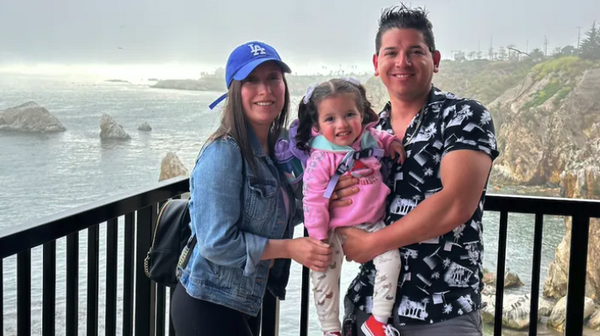It’s never easy to say goodbye to a loved one - and the final weeks, days and hours of their lives are often the hardest.
However, there are some signs experts believe everyone shows in their last few days with those who love them most.
People can ease the passing of those they are closest to by understanding what is happening at every stage of the dying process.
One of the end signs a person could be close to nearing the end are changes to their knees, feet and hands.
Experts from Hospice Foundation of America have explained the changes you can expect when someone reaches their final few days or hours.
Skin on the knees, feet and hands can become purple, pale, grey, blotchy or even mottled.
The Hospice Foundation of America said: “These changes usually signal that death will occur within days to hours.
“The skin is an organ, and like other organs, it begins to stop functioning near life’s end.”
Knowing these symptoms can occur means you can be prepared to provide comfort and ease the pain of the person nearing the end of their life.
The Hospice Foundation of America explained: “The goal for the care of these wounds is to utilise pain medication to keep the person comfortable, attempt to prevent the wounds from worsening and to keep them clean and free from infections, rather than attempting to heal them with aggressive, and possibly painful, intervention or treatment.”
Other signs a person could be nearing the end of their life include body temperature decreasing by a degree or even more, a loss of appetite and thirst and ever decreasing levels of activity.
People can also experience a loss in interest in their own surroundings, periods of restlessness and changes in the way they breathe.
Often, people close to death can experience hallucinations and may often become confused.
Hearing and touch are believed to be the final two senses a person loses when they are close to death - so it can be a real comfort to have their loved ones around them, speaking to them and holding them.







